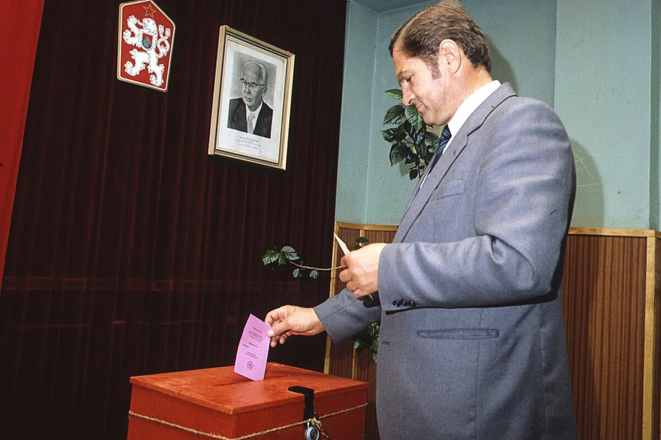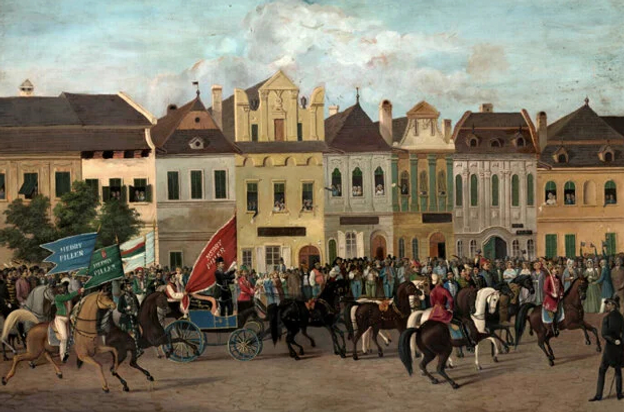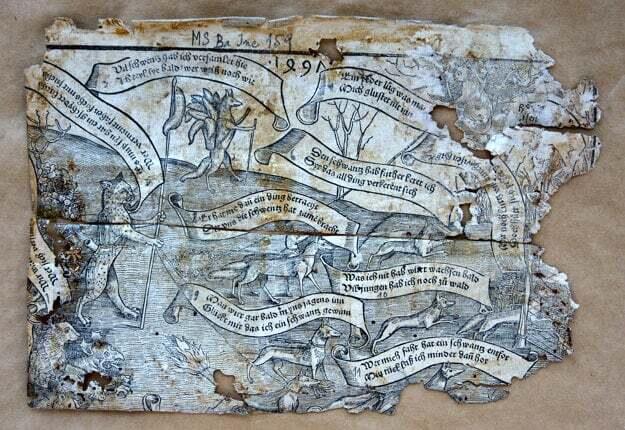For centuries, society in Slovakia had almost no rights, their future decided by a handful of oligarchs, and they only got universal voting rights in democracy.
Today, half the population of Slovakia trusts demagogues and expects elections to be manipulated, and according to surveys half of the voters have no problem with being ruled by a firm hand.
What happened to Slovak society? What is the impact of the turbulent changes it has undergone over the last century?
The daily Sme asked three historians: László Vörös and Matej Hanula from the Historical Institute of the Slovak Academy of Sciences, and Ondrej Podolec from the Faculty of Law of Comenius University in Bratislava.
When could residents of Slovakia vote for the first time?
Vörös: Until 1848, there was nothing to talk about, political rights in the Kingdom of Hungary tied to status privileges, available only to the nobility and part of the church who sent their representatives to the Hungarian Diet, which together with the monarch administered the monarchy.
So if one was not an aristocrat or bishop, they had no chance of influencing their future?
Vörös: There were approximately 40 free royal cities that also sent their representative to the Diet. However, they had one collective vote, so it was a negligible influence. In addition, the Diet did not always make real decisions. It depended on how strong the monarch was and whether they respected the decisions of the Diet. At that time, the country was made up of counties, with representatives elected at the county elections and sent to the Diet with instructions, but as I say, their enforcement is another topic.
So the future of the country was decided by a fraction of the population?
Vörös: Yes, and it was only adult men over the age of 20. By 1848, we are talking about about 200,000 voters. After that it was approximately 800,000 with a maximum of 1.1 million in 1910. Three quarters actually participated in the elections.
What fraction of the population is that?
Vörös: Five, at most 6.5 percent of the total population of the monarchy.
Get the voter drunk and bribe them
To what extent was Hungary this backward? There were parliaments in other countries in Europe, were there not?
Vörös: With a revolution in 1848 came a great reform that abolished serfdom. For the first time, the concept of citizenship was introduced and the status-defined right to vote was abolished, thus the right to vote expanded. It was given to those who had a certain amount of property and paid a certain amount of taxes, as well as those who had achieved a higher education, i.e. teachers, lawyers, notaries, doctors, pharmacists. However, it was still not universal.
Did they vote in secret?
Vörös: No. Until 1818, voting was collective. Later, acclamation voting was replaced by individual voting, but in practice both methods ran parallel until 1848. In any case, public voting was held until 1910, when the last elections were held in the monarchy.
Did they really vote by shouting?
Vörös: In addition, they had badges, flags. Each of the candidates invited voters to the polling station on election day. They then appeared in front of the chairman of the commission, it could have been a few thousand men, and when prompted they showed their support for their candidate. Groups of voters were separated due to conflicts, but even then there were occasional fistfights. The chairman decided who had more votes based on auditory and visual perception.
That left a lot of room for manipulation, did it not?


 The 1986 election were the last in the communist regime. At the time Pavel Wonka, who tried to run independently, was arrested and he later died as the last political prisoner- (source: TASR)
The 1986 election were the last in the communist regime. At the time Pavel Wonka, who tried to run independently, was arrested and he later died as the last political prisoner- (source: TASR)
 Electoral procession, oil painting. (source: Šarišská galéria, SGP O 306)
Electoral procession, oil painting. (source: Šarišská galéria, SGP O 306)
 The oldest surviving political leaflet in Slovakia is from 1497. (source: Slovenská národná knižnica)
The oldest surviving political leaflet in Slovakia is from 1497. (source: Slovenská národná knižnica)